Scientists Discover Mystery Planet Hiding in Our Solar System
Researchers have published a new study suggesting there’s a small chance a previously undiscovered planet could be hiding in the outskirts of our solar system.
The mysterious celestial body, known as Planet X, could be located amongst the ice and debris of the Oort Cloud. If the theory is proven correct, it would significantly enhance our comprehension of the solar system, sparking a new wave of astronomical discoveries.
The Planets in Our Solar System
After Pluto’s demotion in 2006, our solar system currently includes eight planets, including Earth, Jupiter, Saturn, and five others.
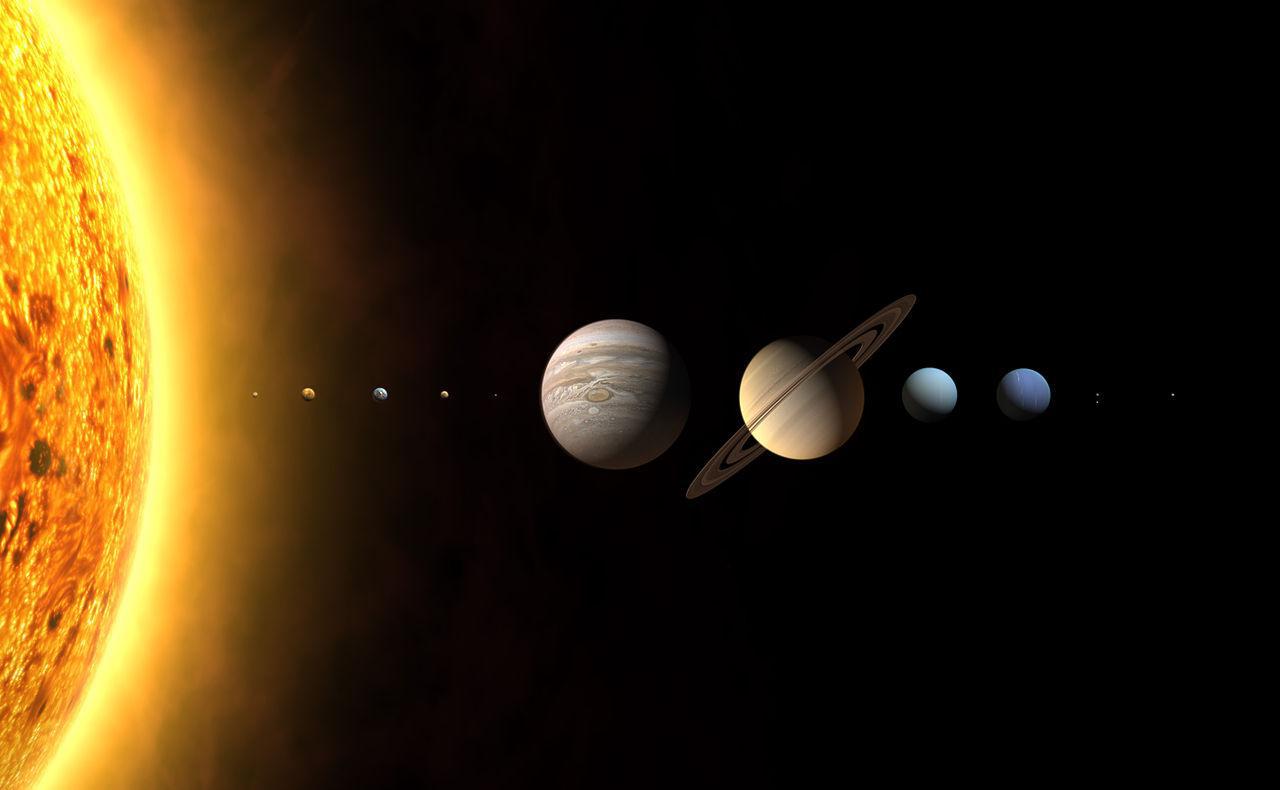
Source: Wikimedia
While researchers have agreed with the latter assessment for quite some time, it turns out there’s a slight chance another planet could be hidden in the Oort Cloud region of our solar system.
The Oort Cloud
The Oort Cloud is a vast region of space that encompasses our solar system, according to NASA. It consists of small celestial bodies such as rocks and large chunks of ice.
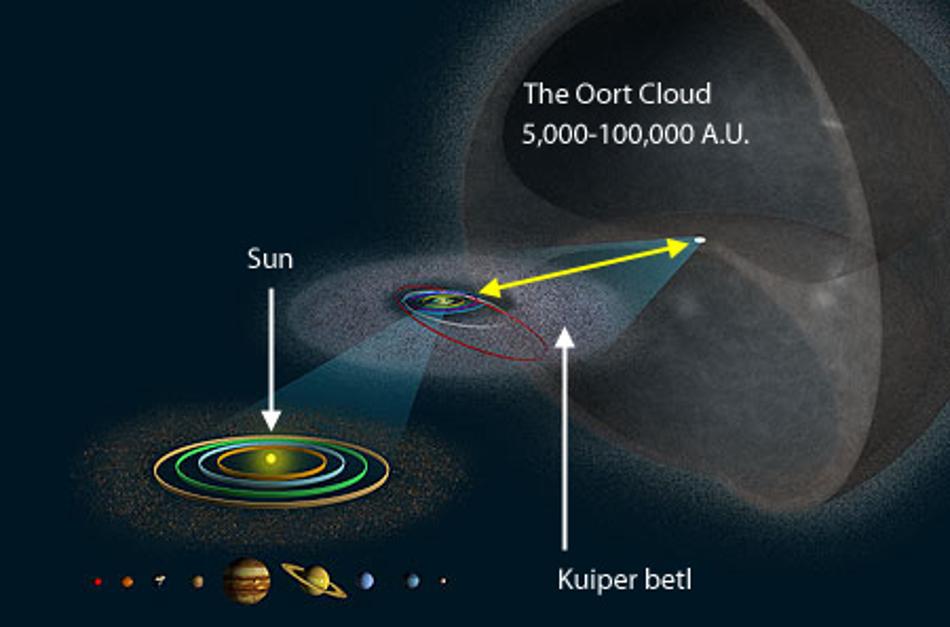
Source: Wikimedia
It is tens of thousands of times further away from the sun than our blue planet. According to researchers, due to the extensive debris in this region, a planet would be particularly difficult to spot.
New Research Suggests There’s a Chance a Planet Lies Hidden in the Oort Cloud
New research published by astronomers in the journal MNRAS Letters suggests there is a 7% chance that a previously undiscovered planet lies hidden in the Oort Cloud.

Source: Freepik
The hypothesis came about after researchers began conducting several simulations. According to their world, one in every 200 to 3,000 stars in the universe likely has one of these far-out planets.
Astronomer Suggests a Planet Could Be Hidden in the Oort Cloud
Nathan Kaib, a co-author of the study and an astronomer at the Planetary Science Institute, explained the possibility of a planet in the Oort Cloud.
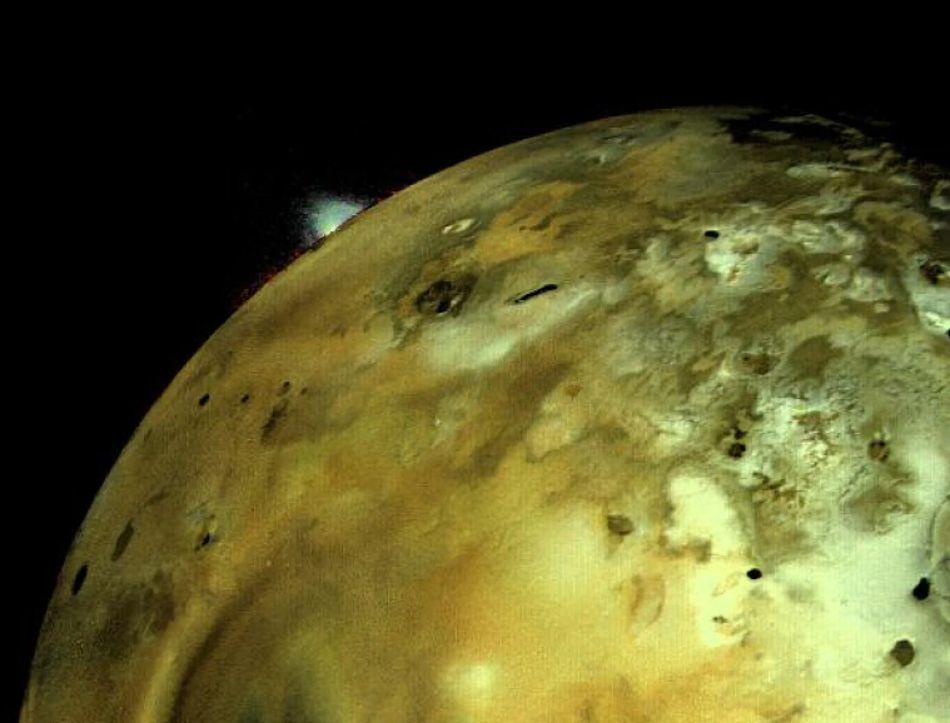
Source: NASA
“It’s completely plausible for our solar system to have captured such an Oort cloud planet,” he said.
A Hidden World Made of Ice
According to Kaib, undiscovered worlds like this are “a class of planets that should definitely exist but have received relatively little attention.” These are what we refer to as “far-out planets.”
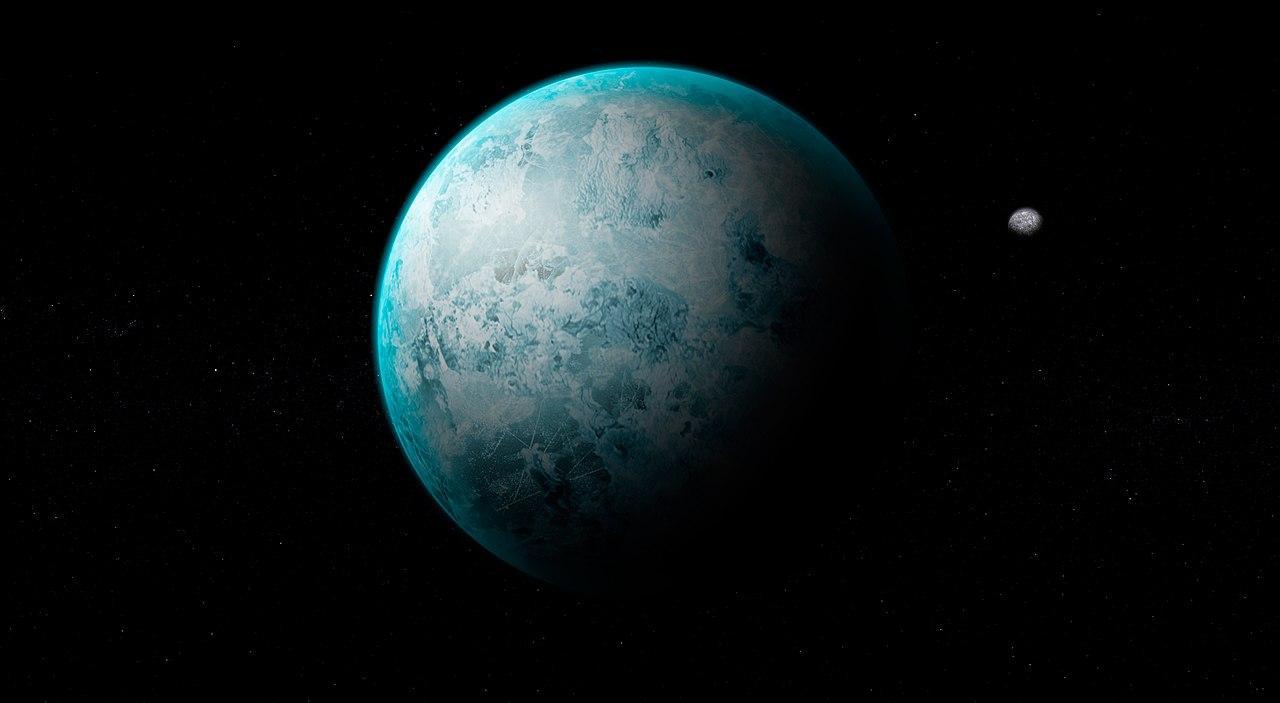
Source: Wikimedia
The researchers determined that if such a planet did exist in the Oort cloud, it would likely be an ice giant.
How Did the Planet End Up in the Oort Cloud?
According to researchers, large planets like Jupiter and Saturn are typically born as twins. Due to their immense gravitational pull, sometimes one can destabilize the other.

Source: Wikimedia
Such an event could nudge a planet to the far reaches of the solar system. This is one theory explaining how such a planet could end up in the outer reaches, like the Oort Cloud region.
The Violent Past of Planets With Eccentric Orbits
Sean Raymond, the study’s lead author and a researcher at the University of Bordeaux’s Astrophysics Laboratory, explained that such planets bear scars that detail their tough past.

Source: Wikimedia
“The survivor planets have eccentric orbits, which are like the scars from their violent pasts,” he said.
Extremely Difficult to Spot
If a planet were exiled to the Oort cloud, it would be a great distance from its star, and its orbit would be elongated, resembling a comet’s eclipse, as opposed to Earth’s circular orbit.
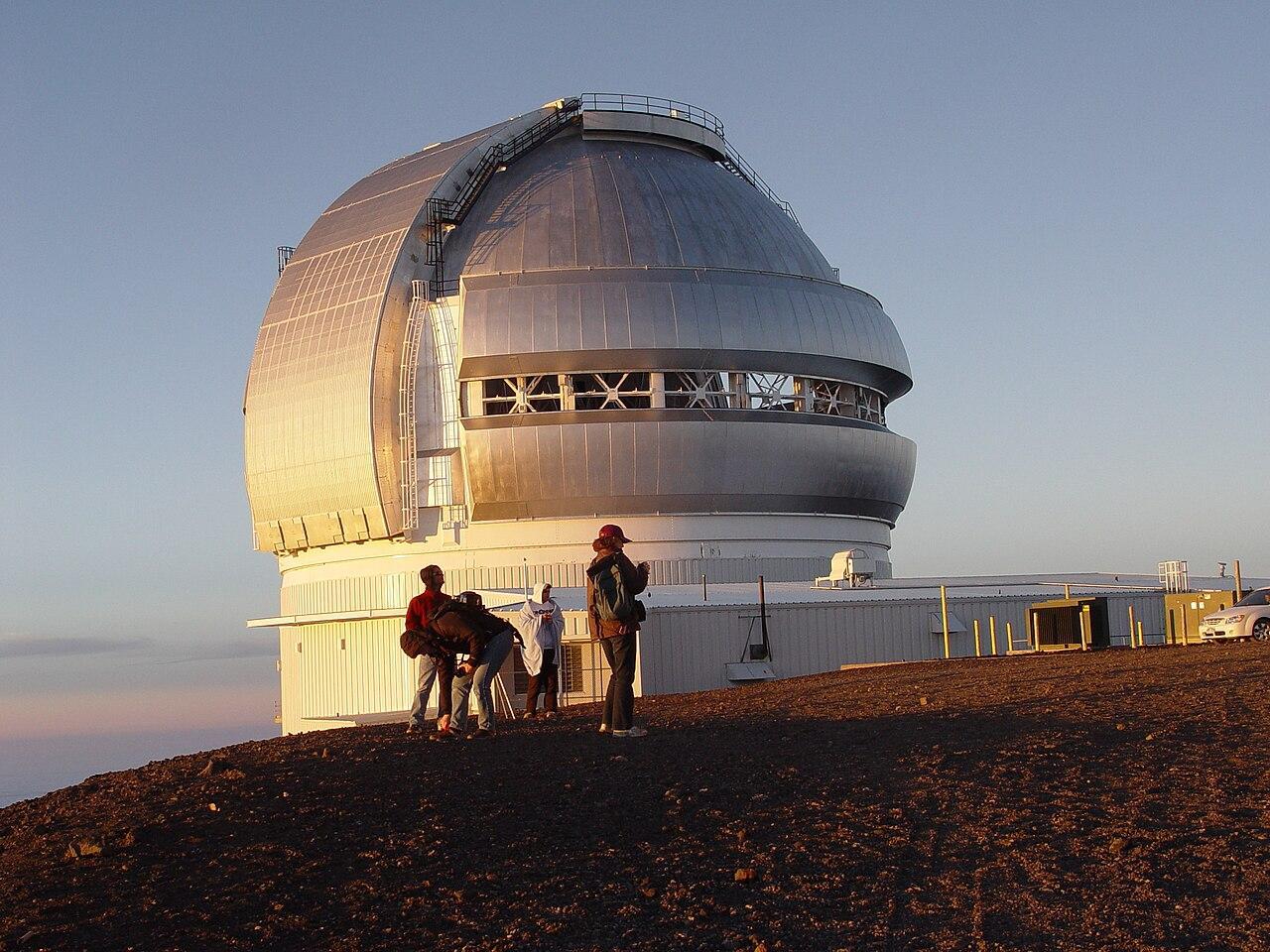
Source: Wikimedia
According to Raymond, if a planet existed in the Oort cloud, its immense distance from the sun is why we haven’t spotted it. “It would be extremely hard to detect,” he added.
The Difficulty of Locating a Potential Planet in the Oort Cloud
Speaking on a potential planet hiding amongst the rocks in the Oort Cloud, Rice explained that even if it were the size of a well-known planet in our solar system, humans would still be unlikely to spot it.
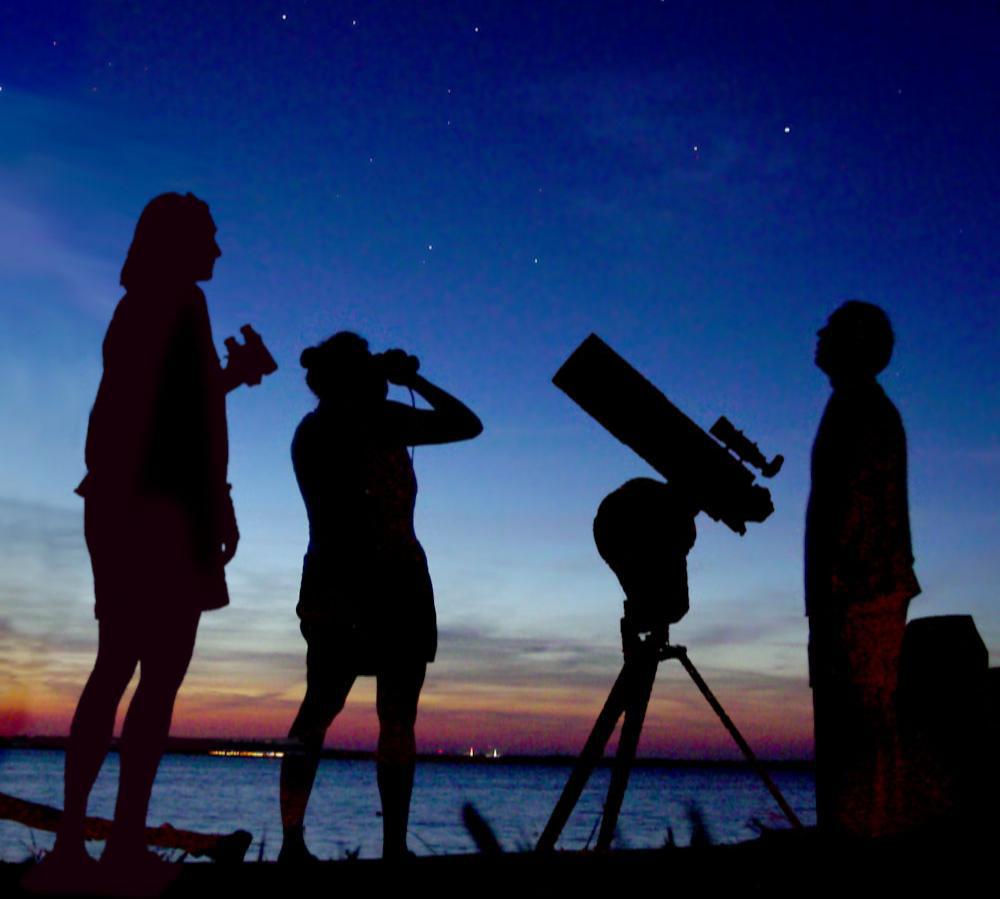
Source: Wikimedia
“If a Neptune-sized planet existed in our own Oort cloud, there’s a good chance that we wouldn’t have found it yet,” said Rice.
Easier to Find Planets in Interstellar Space
Due to the difficulty of spotting a planet in the Oort Belt, the MIT astronomer explained that sometimes it’s easier to find a planet deep in interstellar space than in the Oort Cloud, which is essentially in our own backyard.
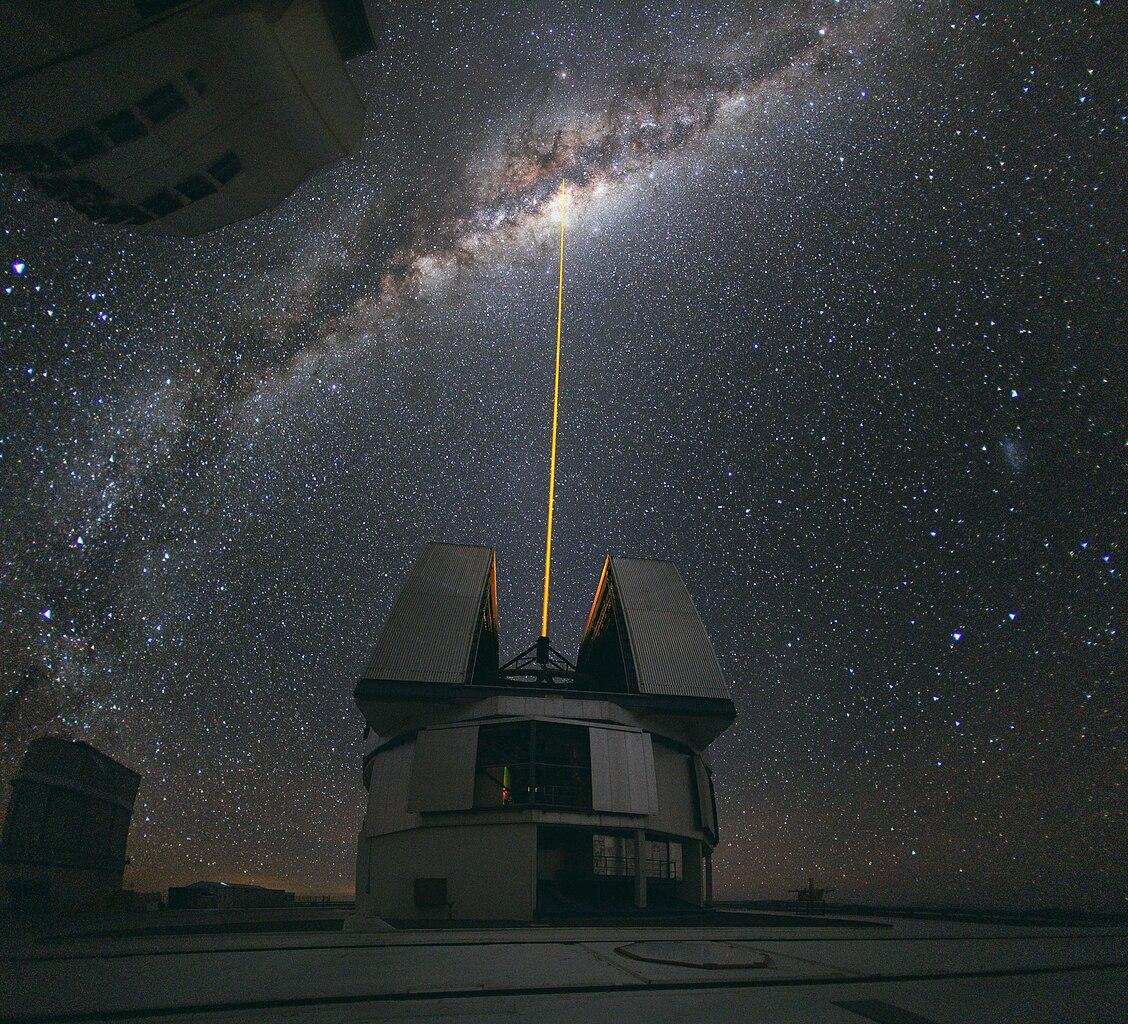
Source: Wikimedia
“Amazingly, it can sometimes be easier to spot planets hundreds of light-years away than those right in our own backyard!” he added.
Planet X
Given the challenging task ahead in the search for the mysterious celestial object, often referred to as Planet X, researchers are hopeful they’ll make the groundbreaking discovery.
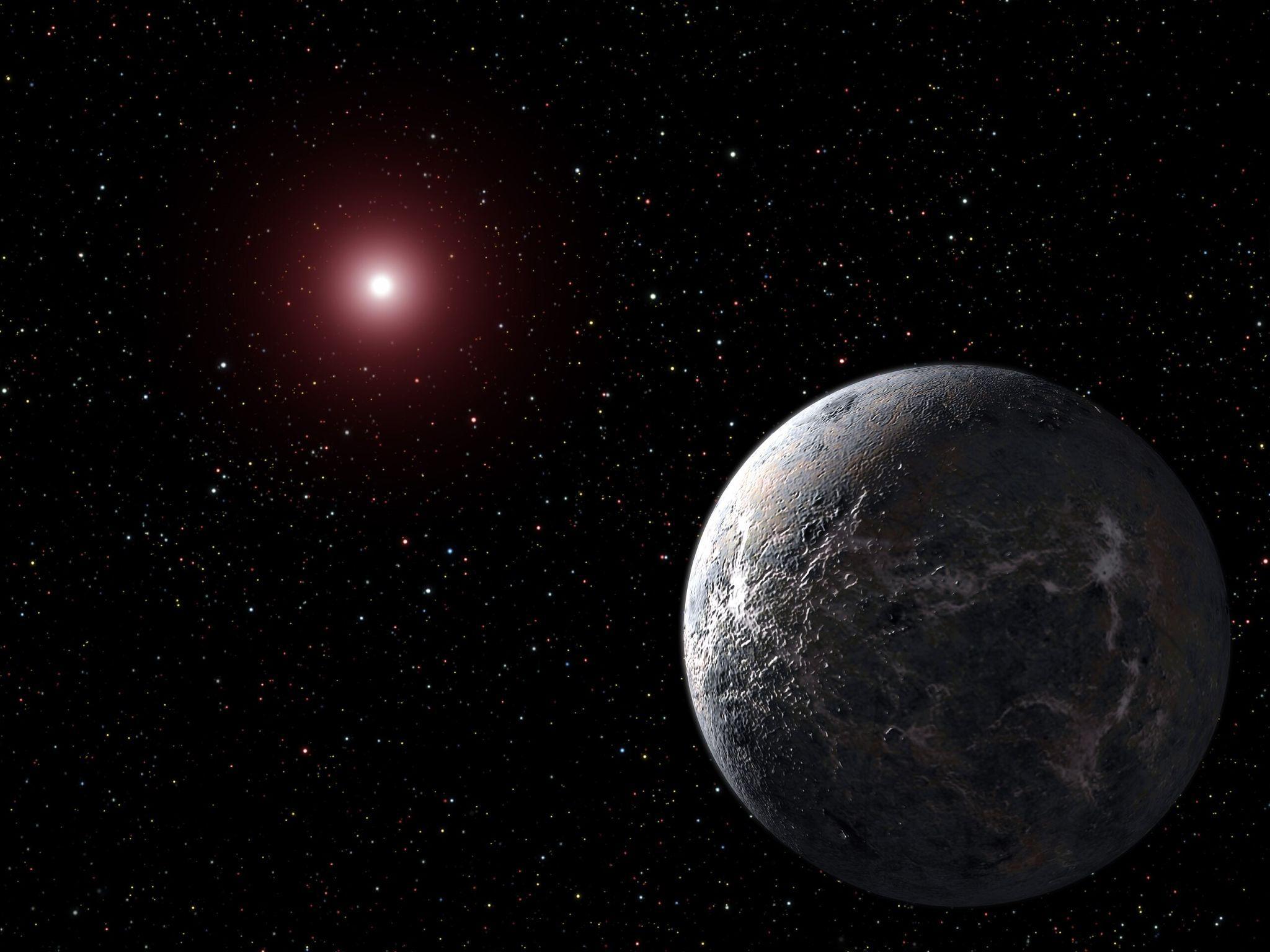
Source: Wikimedia
Caltech researchers Mike Brown and Konstantin Batygin have theorized that certain objects orbiting close to the nearby Kuiper Belt are being affected by a much larger celestial body, which could turn out to be the elusive Planet X. However, their theory has yet to be proven true.
